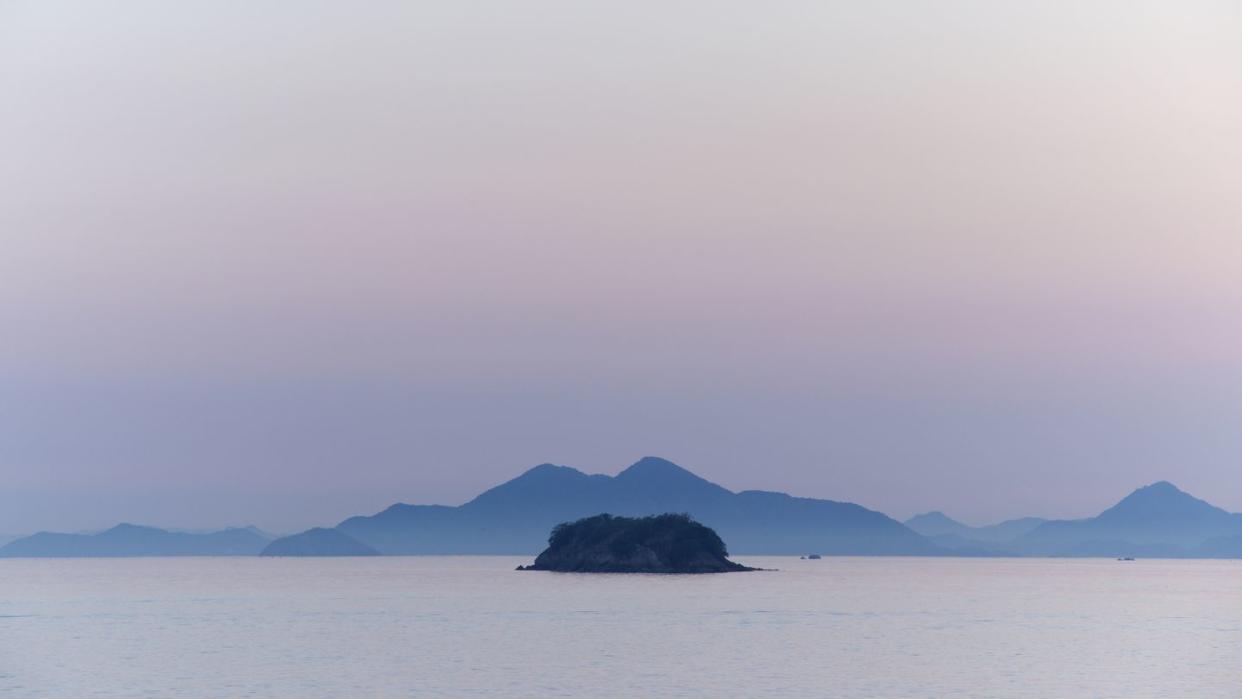A New Island Has Suddenly Appeared Near Japan—But It Might Vanish Soon

A 16-day undersea volcano eruption resulted in a new above-water island near Iwo Jima, Japan.
A pile up of volcanic ash and rocks in a shallow area of the seafloor allowed the island to form roughly 66 feet above the surface of the ocean.
Pounding waves may limit the length of time the island remains intact.
There’s a new island near Japan. It just formed in the last few weeks, and it isn’t man-made, but it may offer only a short-lived glimpse into nature’s unique ebb and flow.
According to the Associated Press, an unnamed undersea volcano recently erupted about half a mile off the southern coast of Iwo Jima. Just 10 days later, there was enough debris on the shallow seabed to allow a new island—formed of volcanic ash and splintered rocks—to poke 66 feet above the ocean’s surface.
The new island—which is about 328 feet in diameter, according to the Japan Meteorological Agency’s volcanic division—may be a monumental development in the area, but it also could be incredibly short-lived.
Yuji Usui, an analyst with the metrological agency, told the AP that the island has already started to shrink as seismic activity wanes, thanks to the “crumbly” foundation that is getting battered by the ever-constant waves.
“We just have to see the development,” he said. “But the island may not last very long.”
The Pacific “ring of fire” is known for its heavy volcanic activity, so it isn’t wildly uncommon for undersea volcanoes to create short-lived islands. And Japan isn’t the only place home to the eruption-turned-island phenomenon—examples stretching from New Zealand to Iceland.
Dozens of these quickly forming islands have emerged in the past century, sometimes in the same location. The Home Reef undersea mountain in the Pacific Ocean, for example—stretching from New Zealand to Tonga—has experienced several eruptions that caused new islands to form. Some were washed away within a few months, while others have formed, washed away, and reformed in the same location up to four times.
The Late’iki eruption in 1995 near Tonga offered up an island that lasted 25 years, which is considered a long-lasting example. And the granddaddy of all geologically modern-day, freshly formed volcanic islands still goes to Surtsey, off the coast of Iceland. Finally breaking the surface of the ocean in 1963, a years-long eruption helped push the one-square-mile island into visibility. It has since fostered its own plant and animal life, and has given scientists a unique view into how flora and fauna grow to inhabit a completely new region. And while the island has lost about half its size since the ‘60s, experts believe it could remain above the sea until 2100.
The new island near Japan likely won’t attain Surtsey levels of establishment, but it’ll certainly be interesting to observe for as long as it stays observable.
You Might Also Like
